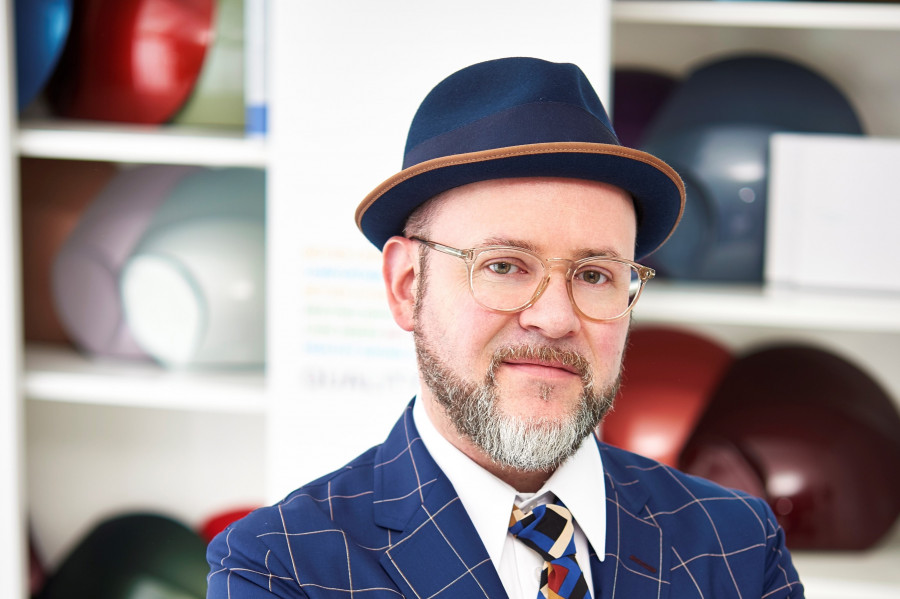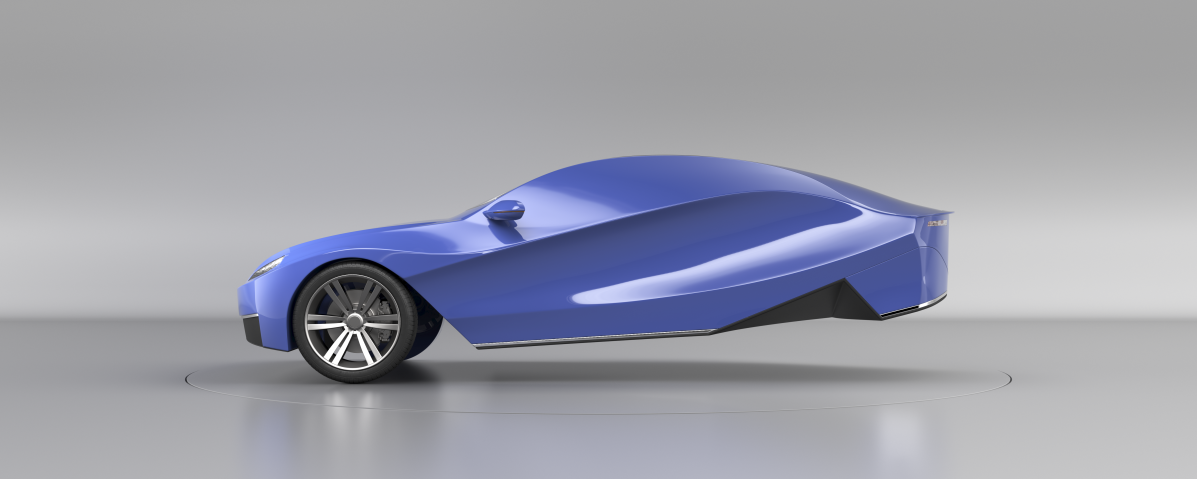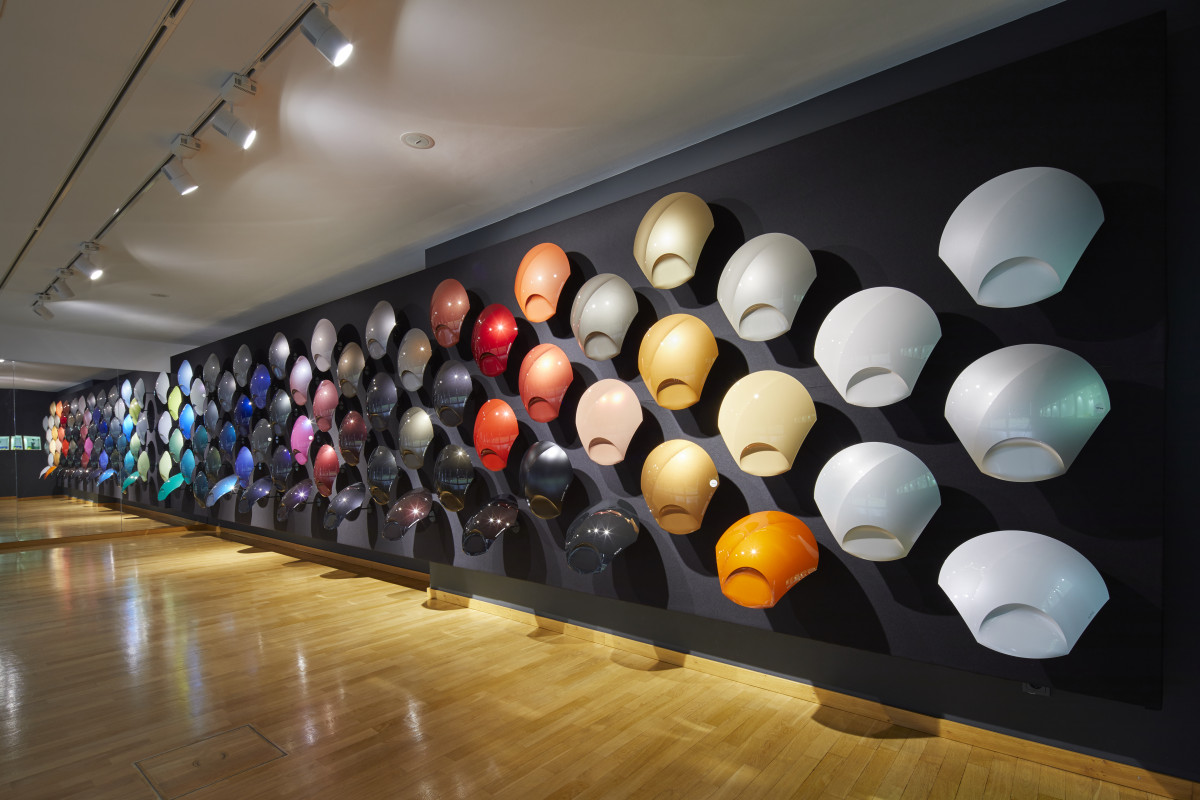“We generate colors, that shape and sculpt the car shape”

AutoRevista.- How did the idea of creating colors for cars with the concept shaped by light began?
Mark Gutjahr.- This concept was asked to us by SEAT Design Team – and we tried to ideate on the potential output to generate colors, that shape and sculpt the car shape by using effect pigments. Aluminum flakes make the strongest light to dark travel and therefore shape the car surface.
Hence, they would have been a good starting point for the project; but our idea was to have a broader approach to the topic. We also considered the highlights that are generated by light at the edges. This can also be performed by the using pearl effect pigments. This example demonstrates that: the intention, the shape and the expected outcome are the starting parameters for the ideation on a color – in every customer project.
AR.-What is the importance of the flip-flop effect?
M.G.- There are multiple types of flip-flop behaviors. A very special flop behavior creates a color flop with a gradient from one color to another. This leads to surprising effects: depending on the light situation you see different colors on a car. Our colors which are based on this effect are called XFlow. Additionally, we have light to dark flip-flops generated by metallic flakes. The most extreme version with the highest flop index is our color Liquid Metal which creates silver colors with very bright, mirror-like surfaces; followed by our concept of XFine.
AR.- Which impact have color and effect pigments on the perception of different car
models?
M.G.- Color supports the design language of a car – therefore, we use different pigments to underline the desired impression. Solids for instance are popular for sporty cars or in combination for two-tone coatings. Metallic effects range from very rough to unique velvet-like, smooth optical impression. Colors with a coarse-grained effect for instance make the paint sparkle – showing the glittering reflections you can see in the sunlight.
Metallics are often used in all segments to highlight the shape of the vehicle.Due to their finer structure, pearl and interference effect pigments normally generate a softer and more elegant impression than the metallics. They are popular for creating strong chromatic colors which can be seen with high chromatic colors in full color range– from very sporty vehicles to small compact cars and on SUVs.
AR.- What is and going to be the impact of electrification, connectivity, carsharing and autonomous driving in the design of automotive colors? What about the trend to manufacture multi-material cars?
M.G.- The big challenge in automotive color design is to combine technical parameters and OEM specifications on the one hand with creative color concepts and design aspects on the other hand. Therefore, developments such as autonomous driving also influence color design.
Developments such as autonomous driving also influence color design
For autonomous driving, the sensor technology like Radar and LiDar will have an impact on the coating. With multi-substrates mixes in vehicle constructions, also new challenges and requirements for the paint and the coating process emerge. We collaborate closely with OEMs to further develop our technologies and adapt them to these requirements.
Besides evoking technological challenges, these trends lead to a new design language. Carsharing for instance changes the perception of a car: From a personal property expressing individual preferences to a practical means of transportation which is shared with others. Therefore, the color needs to reflect even more the brand and the usage – not an individual taste.
With regards to electrification and new electrical vehicles, we see that colors are supposed to symbolize the newness. For example, we see a lot of mid-tone pastel colors with a high white content, symbolizing the purity and modernity.
We are supplying the market with an amazing line up of colors. This directly reflects end consumer’s desires to be able to have a beautiful and unique color
AR.- What new materials or solutions is BASF Coatings implementing for enhancing sustainability?
M:G.-The transition toward a climate-friendly society remains one of the fundamental challenges of the 21st century and we at BASF take a holistic approach to it. For example, we developed ecofriendly automotive coatings solutions such as tin-free ecoats and improved our waterborne coating technologies. The reduction of VOCs and CO2 emissions are topics which are currently of high importance and therefore we are strongly working on them.
On product level for instance, we offer coatings which are based on BASF’s Biomass Balance Approach. This approach allows fossil fuels to be replaced by renewable raw materials in BASF's Production Verbund. Therefore, greenhouse gas emissions are reduced, and we are able to offer products with a reduced carbon footprint. With regards to the paintshop, we offer products which enable efficient processes such as the Integrated Process, the overspray-free application process or our PrimeCube innovation which combines high-performance materials with a lean and flexible coating process for truck cabins.
AR.- In short-medium term, do you think achromatic colors will keep on being the main choice for the mass production cars more than the chromatic ones? What are the expectations about the end customers desires?
M.G.- Achromatic colors will keep a dominant position. The majority of cars are painted in black, white and gray and this will stay, adding more variety in gray shades and the black segment being very stable. White will decrease from its extreme dominant position – but we see the chromatic segment bringing in more variety and options to the color palette.
Color is still a lever to impress individuality
Color is still a lever to impress individuality – and with our solution for Individual Colors we are supplying the market with an amazing line up of colors. This directly reflects end consumer’s desires to be able to have a beautiful and unique color.

AutoRevista participó en la reciente prueba dinámica del nuevo Renault Symbioz, SUV del segmento C que se ubica entre los modelos Captur y Austral. Texto y fotos: Luis Miguel González

Sandvik Coromant ha reunido en su sede de San Fernando de Henares (Madrid) a cuatro voces autorizadas del mundo de la industria del mecanizado en una mesa de debate, de la que AutoRevista fue testigo, donde han dado su opinión sobre el futuro y los retos que aguardan a este sector.

La Asociación Nacional de Fabricantes de Automóviles y Camiones, ANFAC, ha presentado, en la mañana del 10 de julio, su Informe Anual.

Profesionales del primer nivel de las empresas de la industria de automoción y movilidad se han congregado en una jornada organizada por CEAGA en Vigo para ofrecer a los líderes del sector una visión práctica y multidisciplinar que les permita anticiparse y responder eficazmente a los desafíos del entorno.

SERNAUTO ha publicado su memoria de Sostenibilidad 2024, en formato Informe Integrado, que constituye un análisis exhaustivo de la actividad, aportación de valor y papel activo de la entidad como portavoz del sector.


